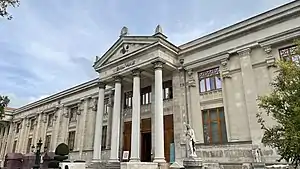
Following the proclamation of the Republic, Turkish museums developed considerably, mainly due to the importance Atatürk had attached to the research and exhibition of artifacts of Anatolia. When the Republic of Turkey was proclaimed, there were only the İstanbul Archaeology Museum called the "Asar-ı Atika Müzesi", the Istanbul Military Museum housed in the St. Irene Church, the Islamic Museum (Evkaf-ı Islamiye Müzesi) in the Suleymaniye Complex in Istanbul and the smaller museums of the Ottoman Empire Museum (Müze-i Humayun) in a few large cities of Anatolia.
The Turkish Archaeological Museum (Türk Asar-ı Atikası), which was established during the first years of the Republic, carried out studies to gather, collate, catalogue and protect archaeological and ethnographical finds. In many provinces of Anatolia, monumental buildings such as ancient churches, mosques and caravanserais were restored and converted into museums. Topkapı Palace, which was converted into a museum with the furniture and works of art on the premises, was opened to the public in 1927. The same year, the Islamic Museum was reorganized as the "Museum of Turkish and Islamic Works of Art" and the Mevlana Dervish Lodge in Konya was also converted into a museum.
The construction of the Ankara Ethnographical Museum, the first building designed as a museum, was completed in 1930. New museums were established in Bursa, Adana, Manisa, İzmir, Kayseri, Antalya, Afyon, Bergama, and Edirne. The Hittite Museum, which was established in the Mahmut Pasha Bedesten in Ankara in 1940, was restored and renovated and converted into "Museum of Anatolian Civilizations" in 1968.
Today, there are 99 museum directorates attached to the Ministry of Culture and Tourism, 151 private museums in 36 provinces and 1,204 private collections.[1]
List of museums
Adana
Adıyaman
Afyonkarahisar
Aksaray
Amasya Museum
Ankara
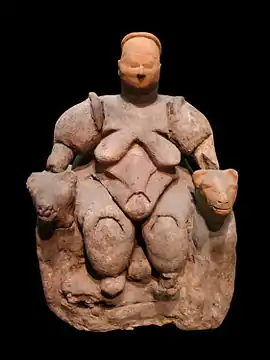
- Anıtkabir
- Ankara Aviation Museum
- Erimtan Museum
- Ethnography Museum of Ankara
- Feza Gürsey Science Center
- Gordion Museum
- Gökyay Association Chess Museum
- İşbank Museum
- Kiosk Museum
- METU Science and Technology Museum
- Museum of Anatolian Civilizations
- Museum of Turkish Aeronautical Association
- Pembe Köşk
- Rahmi M.Koç Museum (Ankara)
- Republic Museum (Cumhuriyet Müzesi)
- Roman Baths of Ankara
- Stamp Museum
- State Art and Sculpture Museum
- TCDD Open Air Steam Locomotive Museum
- Ulucanlar Prison Museum
- War of Independence Museum
- Vakıf Museum
Antalya
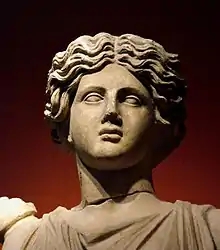
Artvin
Aydın
- Aydın Archaeological Museum
- Fatma Suat Orhon Museum, Söke
- Kuşadası Necati Korkmaz Museum of Micro Miniatures
- Nazilli Museum of Ethnography
Balıkesir
Bartın
Batman
- Batman Museum
- Hasankeyf Cultural Park
Bayburt
Bilecik
Bolu
Burdur
Bursa
Çanakkale
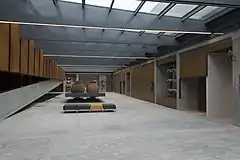
- Adatepe Olive Oil Museum
- Archaeological Museum of Çanakkale
- Ceramics Museum of Çanakkale
- Troy Museum
Çankırı
- Çankırı Museum
- Ferit Akalın Radio and Communications Museum
Denizli
Diyarbakır
Düzce
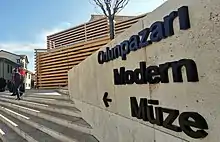

Edirne
Elazığ
Erzincan
Eskişehir
Gaziantep
Giresun
Hatay
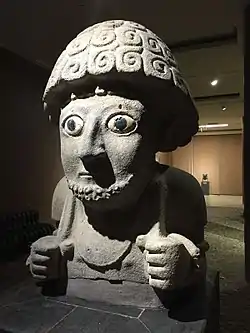
Isparta
Iğdır
İstanbul
.jpeg.webp)
.jpeg.webp)
- Adalar Museum
- Adam Mickiewicz Museum, Istanbul
- Ahmet Arif Literature Museum Library
- Ahmet Hamdi Tanpınar Literature Museum Library
- Anadoluhisarı
- Aşiyan Museum
- Atatürk Museum
- Istanbul Aviation Museum
- Aynalıkavak Palace
- Beylerbeyi Palace
- Chora Church
- Doğançay Museum
- Dolmabahçe Palace
- Fenerbahçe Museum
- Galatasaray Museum
- Great Palace Mosaic Museum
- Hagia Sophia
- Ihlamur Palace
- Istanbul Archaeology Museums
- Istanbul Contemporary Art Museum
- Istanbul Modern
- Istanbul Naval Museum
- Istanbul Railway Museum
- İstanbul State Art and Sculpture Museum
- İstanbul Toy Museum
- Istanbul UFO Museum
- Istanbul Zoology Museum
- Işbank Museum
- Jewish Museum of Turkey
- Kandilli Earthquake Museum
- Küçüksu Palace
- Madame Tussauds Istanbul
- Maslak Palace
- Mehmet Akif Literature Museum Library
- Natural History Museum of İhsan Ketin
- Istanbul Military Museum
- Museum of Illumination and Heating Appliances
- Pammakaristos Church
- Pera Museum
- Platform Garanti Contemporary Art Center
- Proje4L / Elgiz Museum of Contemporary Art
- Rahmi M. Koç Museum
- Rezan Has Museum
- Rumelihisarı
- Sadberk Hanım Museum
- Sait Faik Abasıyanık Museum
- Sakıp Sabancı Museum
- SantralIstanbul Energy Museum
- SantralIstanbul
- The Museum of Innocence
- Topkapı Palace
- Turkish and Islamic Arts Museum
- Women's Museum İstanbul
- Yıldız Palace
İzmir
- Ahmed Adnan Saygun Arts Center
- Avrasya Anı Evi (Eurasia Memorial House)
- Bergama Museum
- Çamlık Railway Museum
- Çeşme Museum
- Natural History Museum of Ege University
- İzmir Archaeological Museum
- İzmir Atatürk Museum
- İnciraltı Sea Museum
- İzmir Art and Sculpture Museum
- İzmir Ethnography Museum
- İzmir Toy Museum
- Ödemiş Museum
- Tire City Museum
Kahramanmaraş
Karaman
Karabük
Kars
Kastamonu
Kayseri
Kırıkkale
Kırşehir
Kilis
Kocaeli
Konya
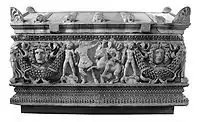
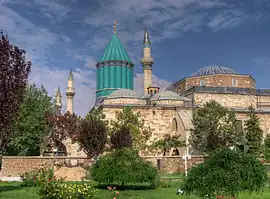
Kütahya
Malatya
Manisa
Mardin
Mersin
- Anamur Museum
- Emirler Picnic Area and Museum
- Erdemli Yörük Museum
- Mersin Archaeological Museum
- Mersin Museum
- Mersin Atatürk Museum
- Mersin Naval Museum
- Mersin State Art and Sculpture Museum
- Mersin Urban History Museum
- Mersin Water Museum
- Narlıkuyu Museum
- Saint Paul's Church, Tarsus
- Silifke Museum
- Silifke Atatürk Museum
- Tarsus Çanakkale Park Museum
- Tarsus Museum
- Taşucu Amphorae Museum
- Taşucu Atatürk Museum
Muğla
- Bodrum Museum of Underwater Archeology
- Marmaris Archeological Museum
- Milas Museum
- Muğla Museum
- Zeki Müren Art Museum, Bodrum
Nevşehir
Niğde
Ordu
Osmaniye
Rize
Sakarya
Samsun
Sinop
Sivas
Şanlıurfa
Tekirdağ
Tokat
Trabzon
Uşak
Yozgat
References
- ↑ "Türkiye özel müze zengini". Sabah (in Turkish). 2011-09-14. Retrieved 2013-03-04.
- ↑ As noted in Hugh Honour and John Fleming, A World History of Art, 2005: illustration, fig. 1.16;
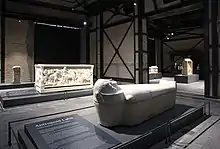


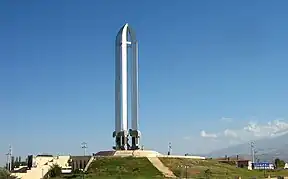
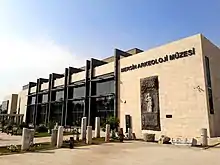
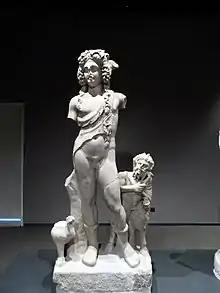

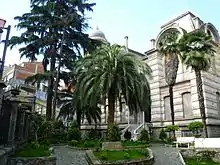
.svg.png.webp)